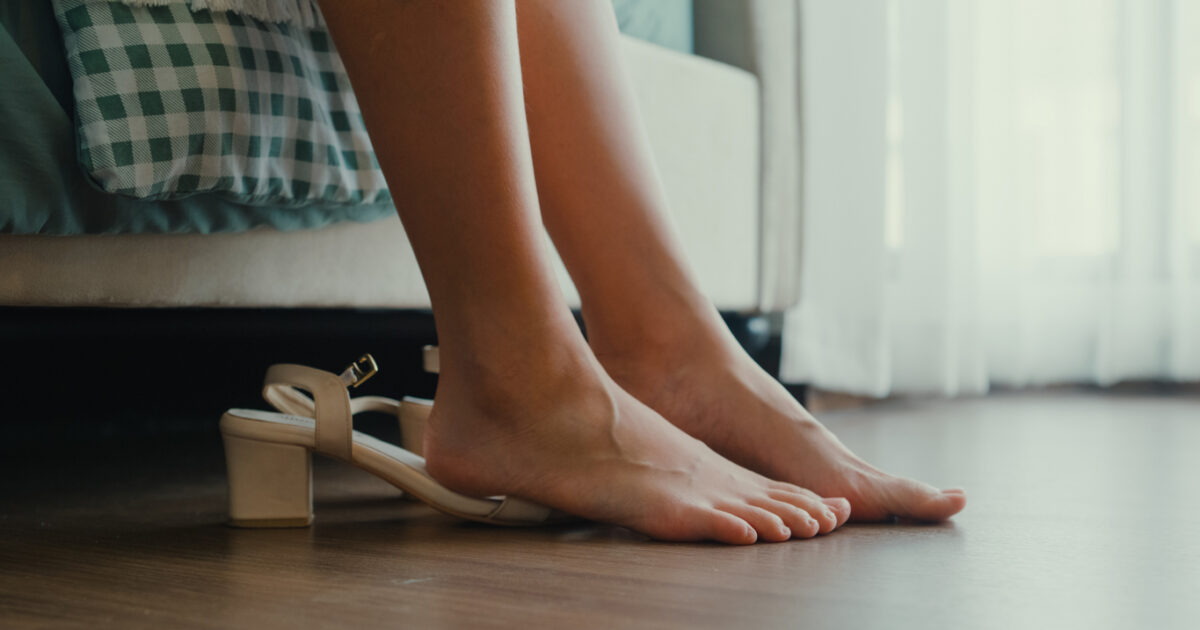Varicose veins and venous insufficiency are two of the most common venous problems that concern a large proportion of the population. Although they are often considered just aesthetic discomfort, the reality is much more complex.
What are varicose veins and why do they mainly appear in the lower extremities?
Varicose veins are the extension of the surface veins of the lower extremities, the result of venous insufficiency, that is, the inadequate function of the venous valves. When these valves do not work properly, the blood stagnates in the veins, increasing the pressure and causing vascular swelling. This is mainly in the legs, as the posture and weight of the body are more burdensome in venous circulation in the lower extremities.
Are varicose veins always health problem or just aesthetic?
For many people, varicose veins, like the spider veins, are perceived as aesthetic problem. However, they are not always as innocent as they seem. In many cases, varicose veins are asymptomatic and do not cause particular discomfort. However, in many cases they are accompanied by discomfort, pain, weight and burning feeling, especially after standing or at the end of the day. In more advanced cases, serious complications such as thrombophlebitis or even venous ulcers may occur.
How are varicose veins created?
The venous system works to return blood from the feet to the heart. But when man is in an upright or sitting position, gravity makes this process difficult. If the veins of the veins malfunction, the blood flows backwards and stagnates. This leads to the stretching of the veins, further deregulation of the valves, and the deterioration of the problem, a vicious cycle that ultimately creates varicose veins.
What are the most common symptoms reported by patients?
The most common symptoms are weight, pain in the calves, swelling in the ankles and burns on the soles, which often makes the patient get his feet out of the blanket to sleep. In more severe forms, skin hardening, brown spots, and even venous ulcers, especially in neglected cases.
How is venous insufficiency and varicose veins treated?
Initially, the treatment starts preservatives with graded compression socks, which help to condemn the veins and relieve the symptoms. If there is no improvement or if the socks are not tolerated, we are abolishing the inadequate vein network. This can be done either by minimally invasive methods (laser, radio frequencies, adhesive use), or with classic surgical eradication of the vein.
What role does the vascular surgeon experience in the choice of treatment?
The vascular surgeon is the one who will choose the appropriate therapeutic approach, depending on the anatomy and severity of venous insufficiency. In most cases, modern minimal invasive methods are sufficient. However, when the vein has a particularly helical or wide range, open intervention may be required. For smaller branches, microtrans or sclerotherapy are preferred.
Inference
Varicose veins are not only aesthetic issue, it is a sign of a functional problem of the venous system. Early diagnosis and treatment can prevent more serious situations and significantly improve the patient’s quality of life. Do not hesitate to contact a specialized vascular surgeon for evaluation and guidance.
Written by Dr. Theodosius BisdaVascular surgeon, manager Third Vascular Surgery Clinic Athens Medical CenterAssoc. Vascular Surgery Professor, Universitatsklinkum Munster
Read more articles on issues related to your health, here
